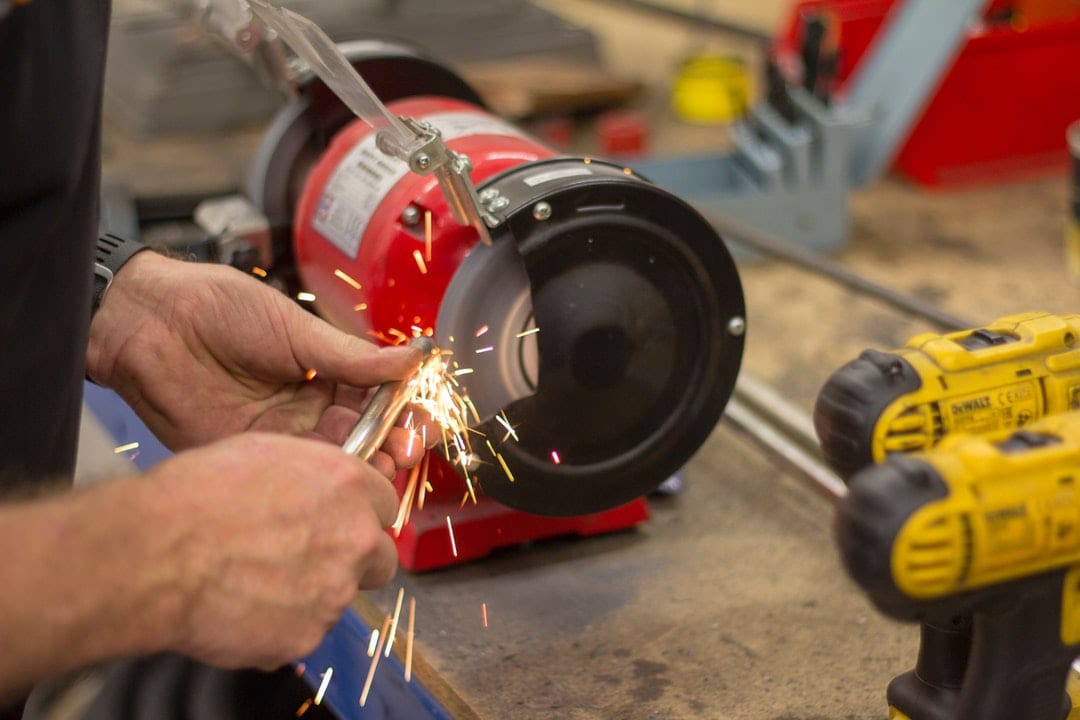Might want to give some thought to how it will be used the majority of the time. I use mine for many things from tool sharpening, to heavy metal shaping, and even fine finishing of soft materials.
For heavy metal shaping you'll want a coarse belt (say 36 grit ceramic), 5000+ft/min belt speed, and can use most all of your available 3HP. If you've never used one, you'll be amazed how much stock can be removed in a very short time.
For cutting lathe tools power doesn't matter much because there is so little stock to be removed.
For soft materials, I use finer belts and slow speeds to avoid burning, and very slow speeds for fine control of stock removal....sometimes almost hand sanding speeds. In those instances, power loss isn't very impactful because it doesn't require much.
Best,
Kelly
For heavy metal shaping you'll want a coarse belt (say 36 grit ceramic), 5000+ft/min belt speed, and can use most all of your available 3HP. If you've never used one, you'll be amazed how much stock can be removed in a very short time.
For cutting lathe tools power doesn't matter much because there is so little stock to be removed.
For soft materials, I use finer belts and slow speeds to avoid burning, and very slow speeds for fine control of stock removal....sometimes almost hand sanding speeds. In those instances, power loss isn't very impactful because it doesn't require much.
Best,
Kelly



 .
.